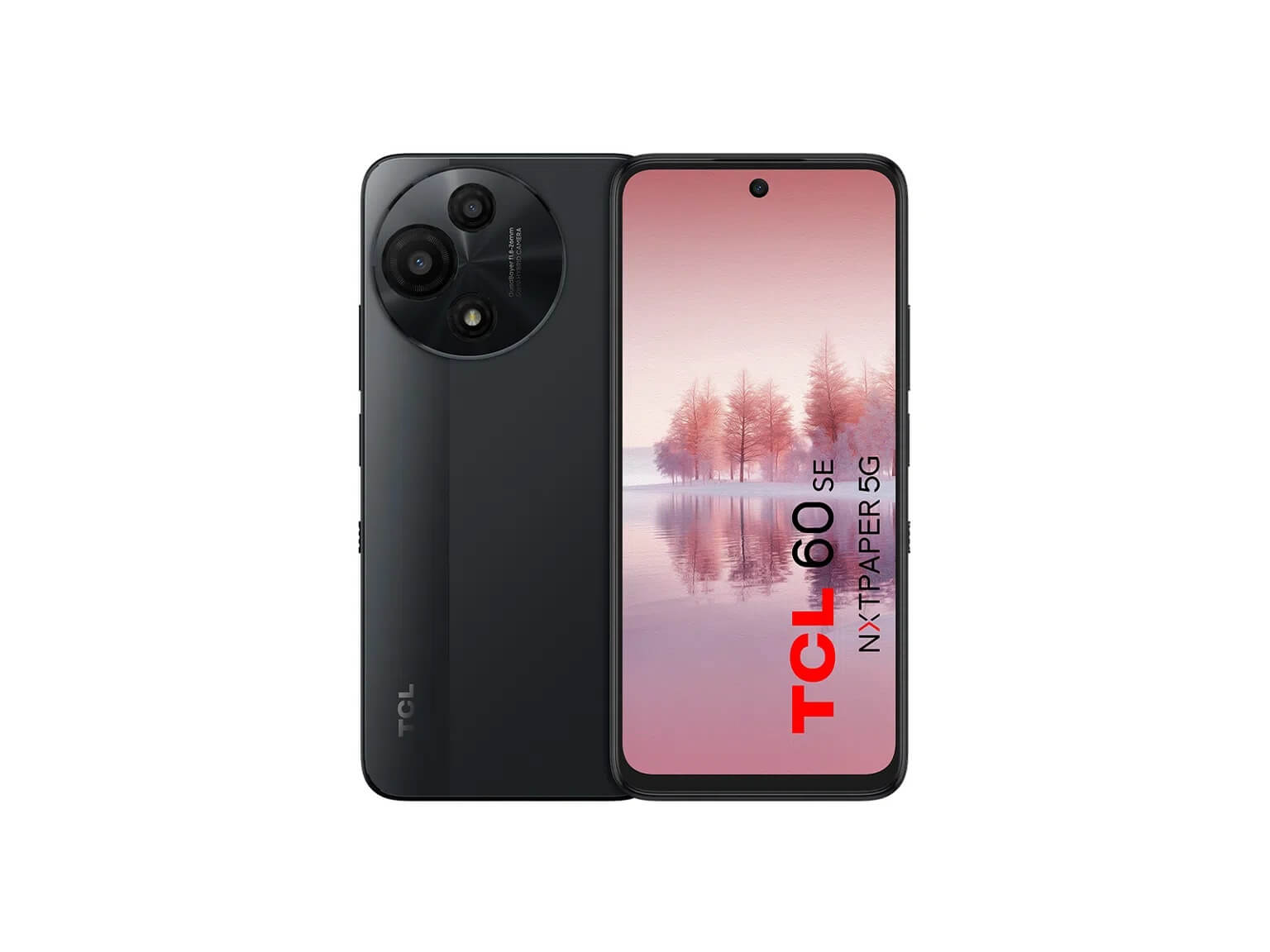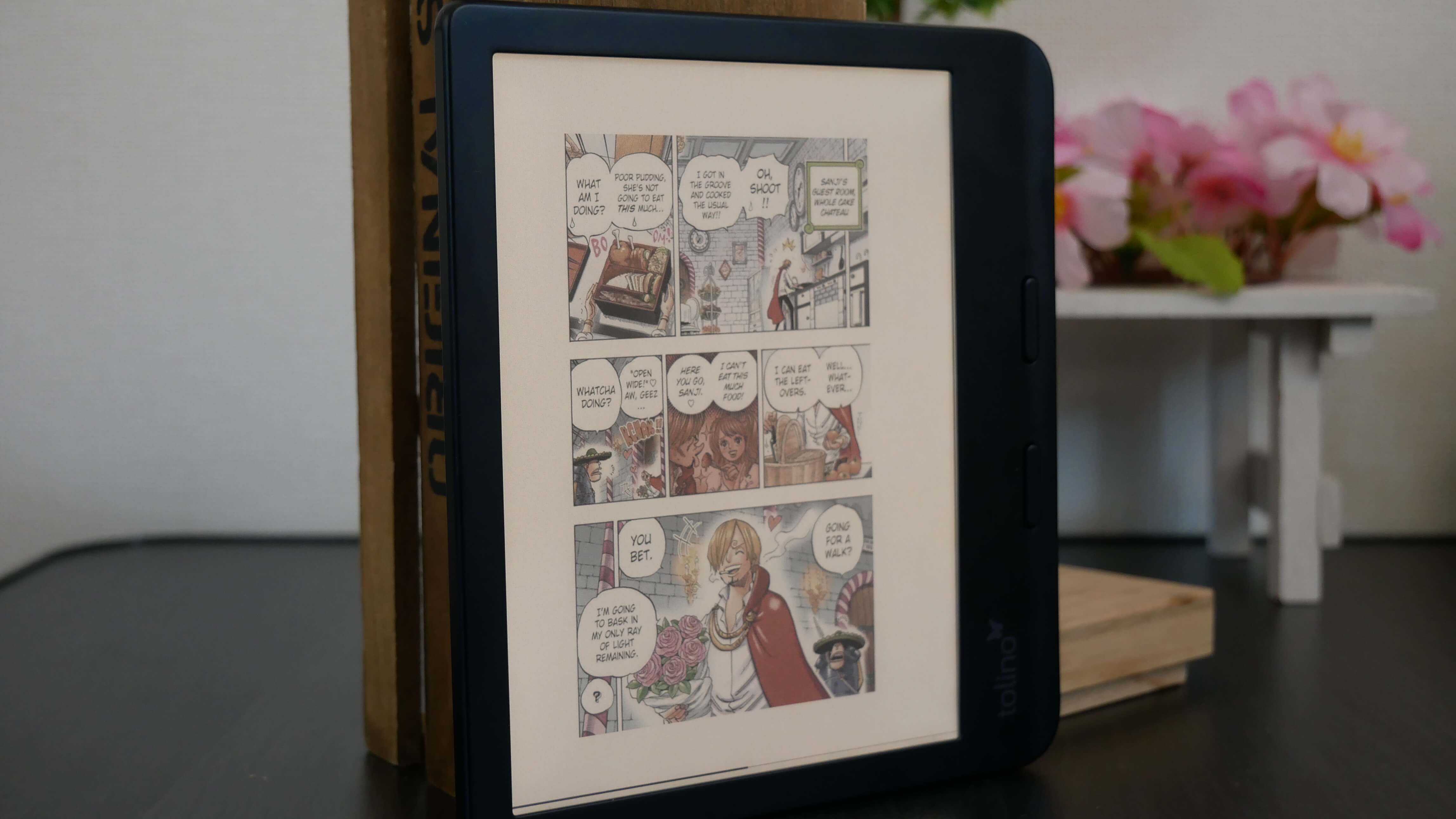E-reader technology has undergone significant improvements over the past few years. Every major brand, except Barnes & Noble, has at least one color e-reader and an e-notebook. E-paper technology has come a long way. Carta 1300 is the de facto standard for all major brands. We have large e-readers, really small ones, foldables, and everything in between. There are dozens of brands offering different value propositions. What is your dream e-reader?
E INK Carta 1300 is the latest generation e-paper screen technology. There isn’t a significant upgrade over the previous generation e-paper. Performance has been increased, and it has compatibility with the latest E INK tech like FastGLR and Eclipse; there is nothing on the internet about what Eclipse does. However, FasGLR is related to refreshing, such as quickly turning the pages of an e-book. It also has compatibility with all of the new lighting systems to make cool and warm lighting brighter and eliminate blue light.
Some people prefer traditional black-and-white e-paper displays that have a 300 PPI resolution and sharp fonts. Other people prefer a color e-paper screen such as Kaleido 3, which is the global standard. It can display 4096 different colors and typically has a maximum of 150 PPI for color content, regardless of the screen size. Gallery 3 has undergone some revisions in 2024 and page-turn speed is faster, and the same with performance. It can display 300 PPI for color and 50,000 colors.
Does size matter? We have small 5-inch e-readers and to 13.3. Some have clamshell designs, similar to a smartphone, while others are smartphones themselves. The upcoming Readmoo MooInk V is the first color foldable e-reader. A few brands stick with physical page-turn buttons, while others have abandoned them altogether and are touchscreen-first. Some e-readers come with a stylus for taking notes, editing PDF files, and freehand drawing, while others are designed solely for reading digital content.
Finally, the operating system. Most of the major players in the industry use Linux as their primary operating system, which has its advantages. It requires a smaller battery due to the lack of background processes. It can also be heavily optimized to run on less RAM and CPU, making it easier to update. Most e-readers use Google’s Android operating system, and some even have access to the Google Play Store. These devices often require a significant amount of RAM and CPU power, in addition to a larger battery. Android can be very demanding on an e-reader.
When it comes down to it, there are lots of things that go into making an e-reader, which is why it takes so long to develop and release. If you had an unlimited budget and could construct an e-reader with all of the specs, what would you do?
Michael Kozlowski is the editor-in-chief at Good e-Reader and has written about audiobooks and e-readers for the past fifteen years. Newspapers and websites such as the CBC, CNET, Engadget, Huffington Post and the New York Times have picked up his articles. He Lives in Vancouver, British Columbia, Canada.

